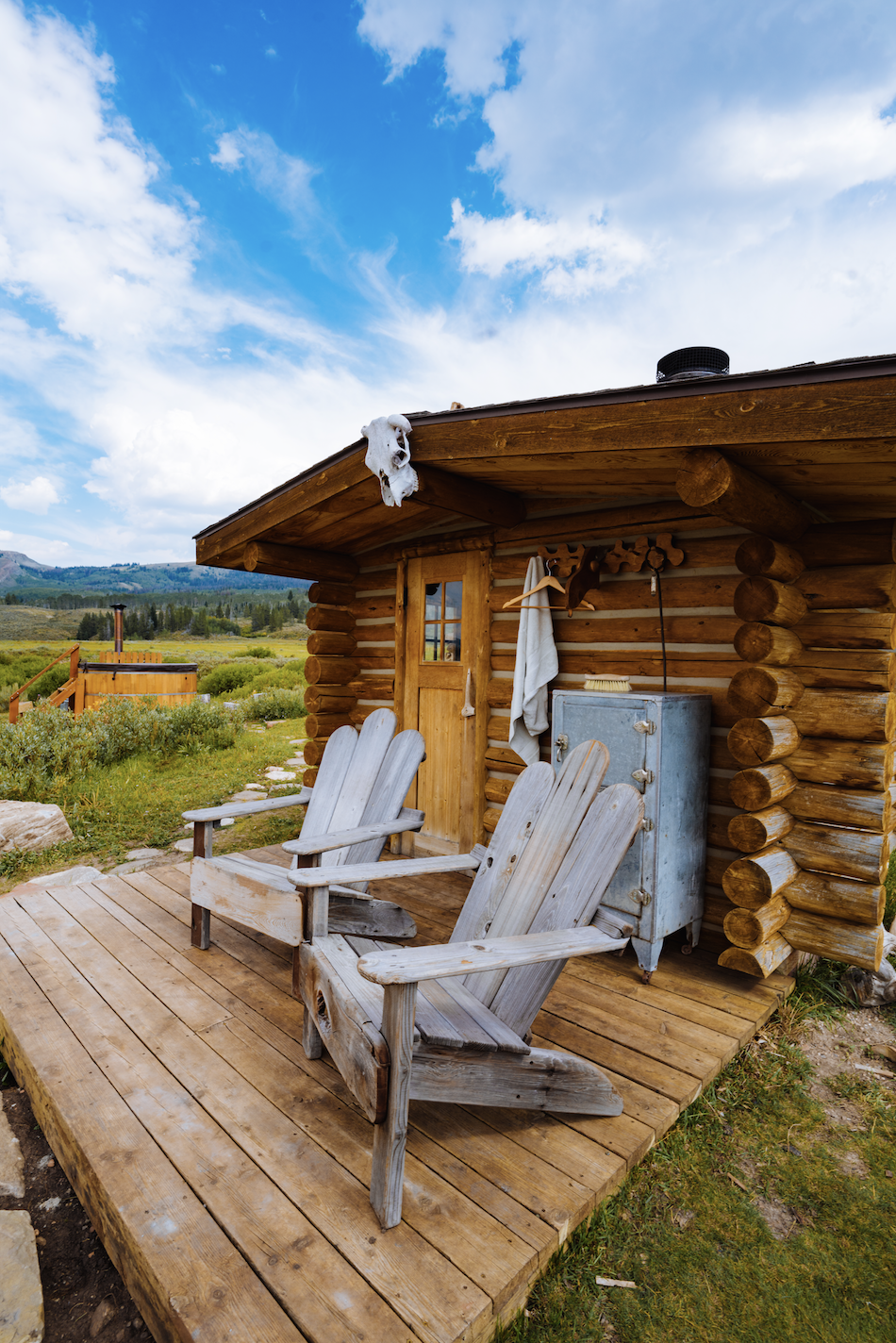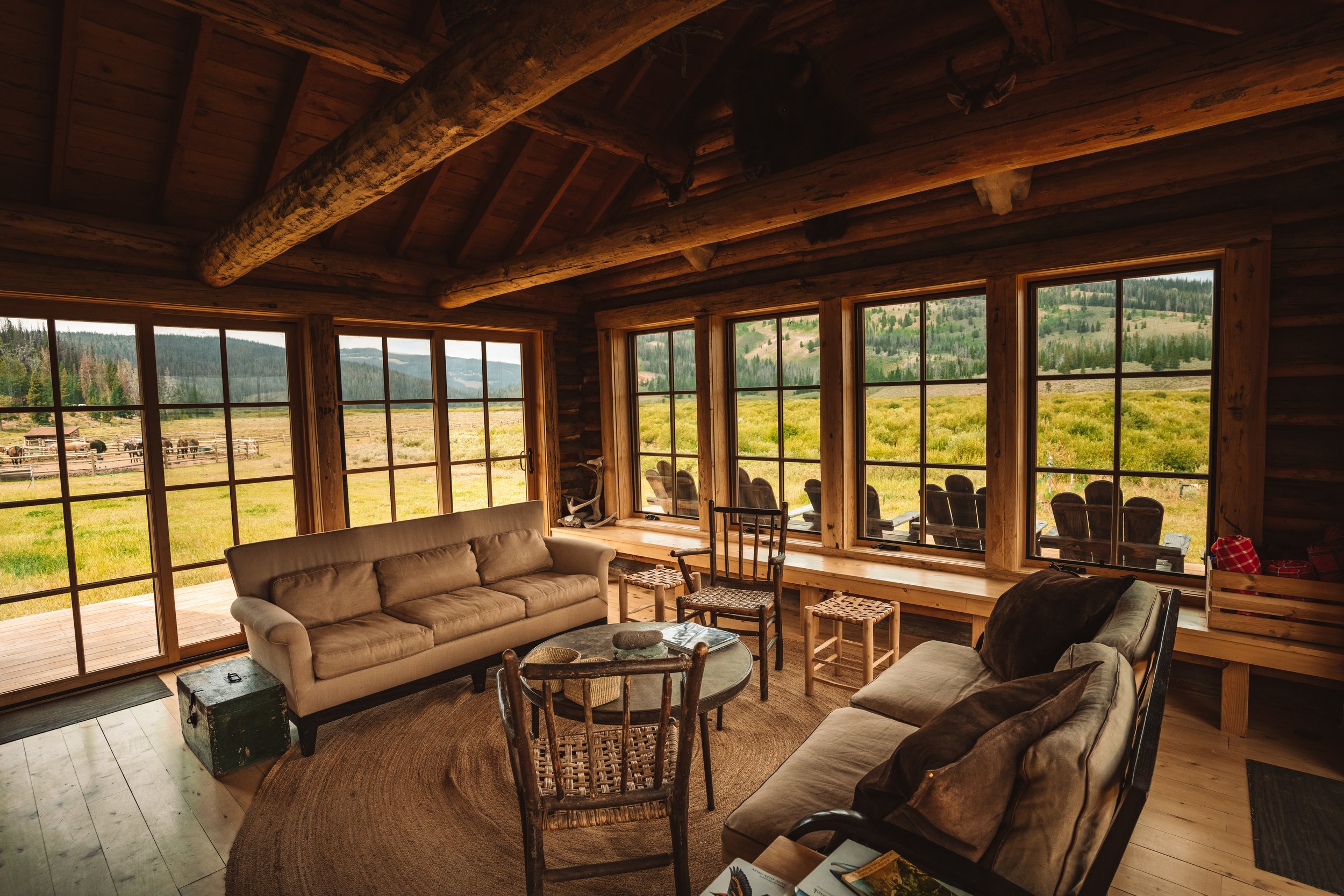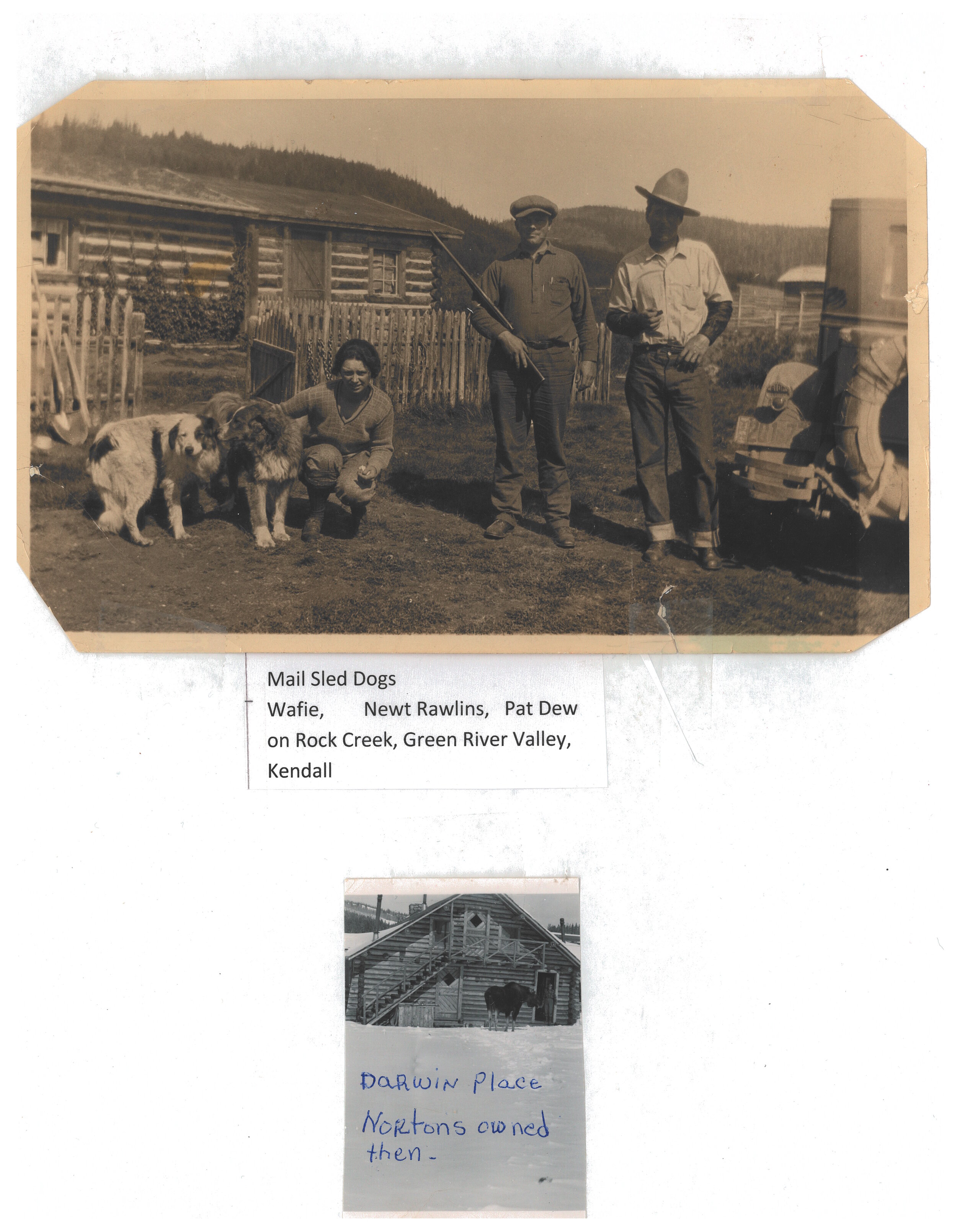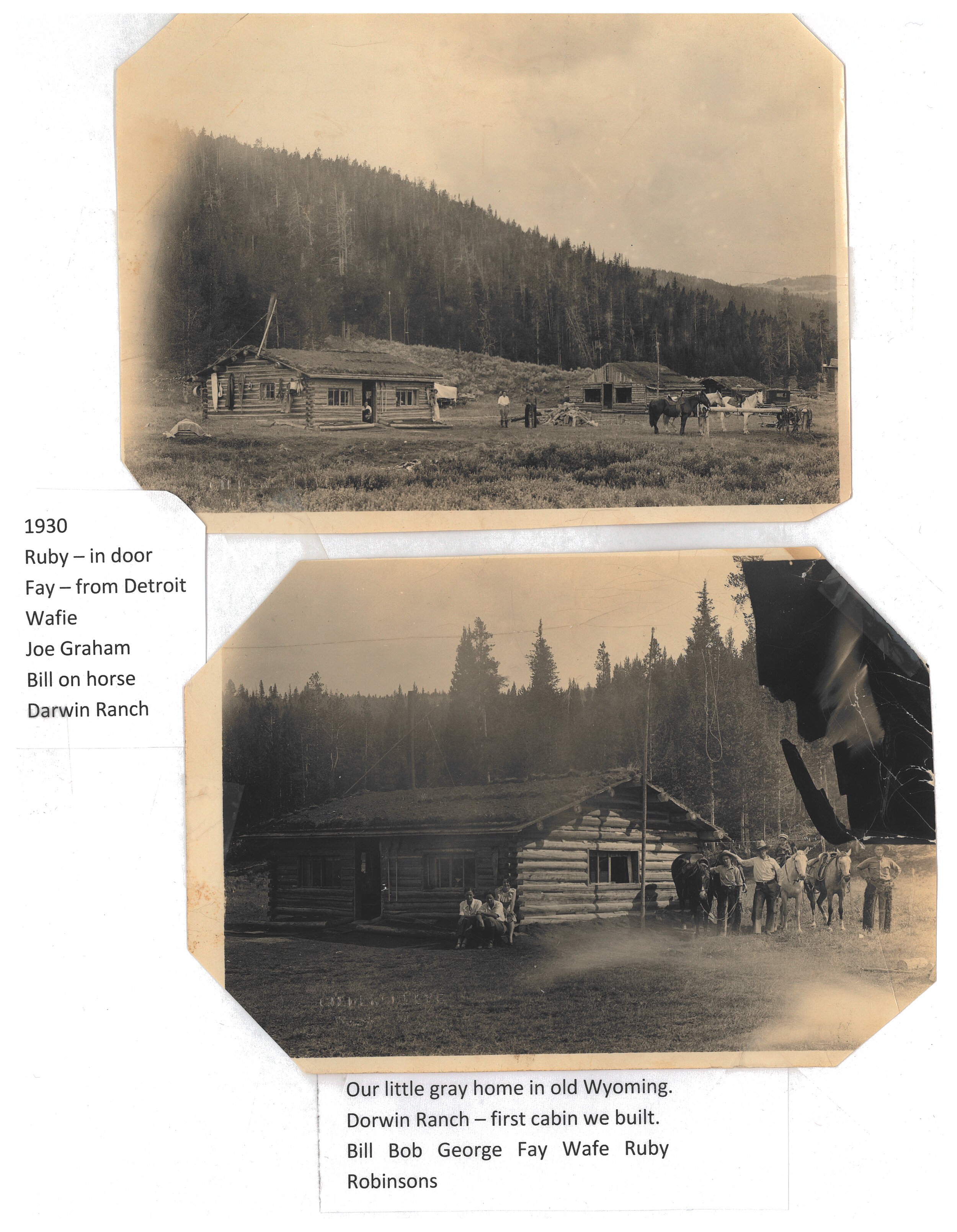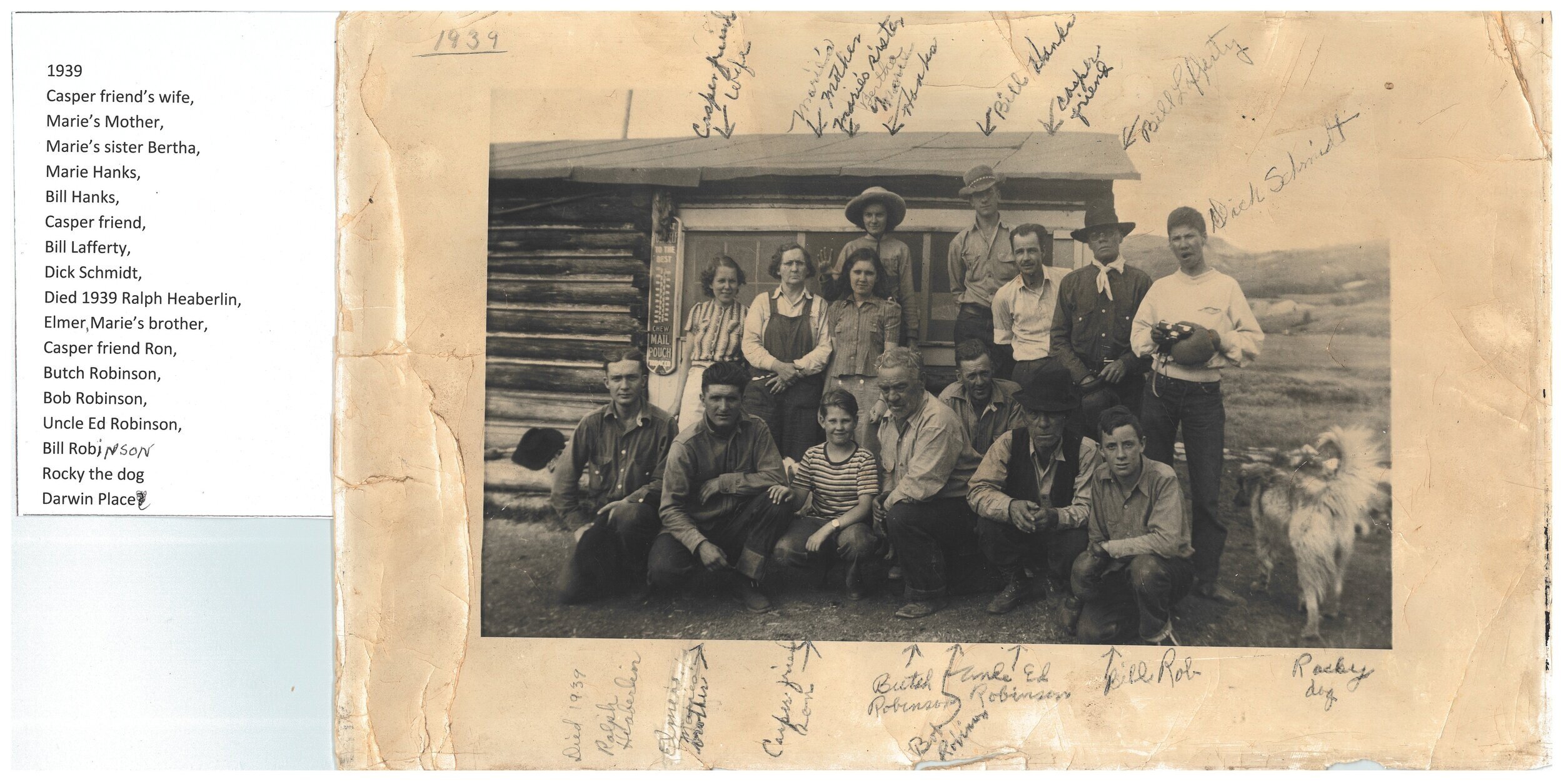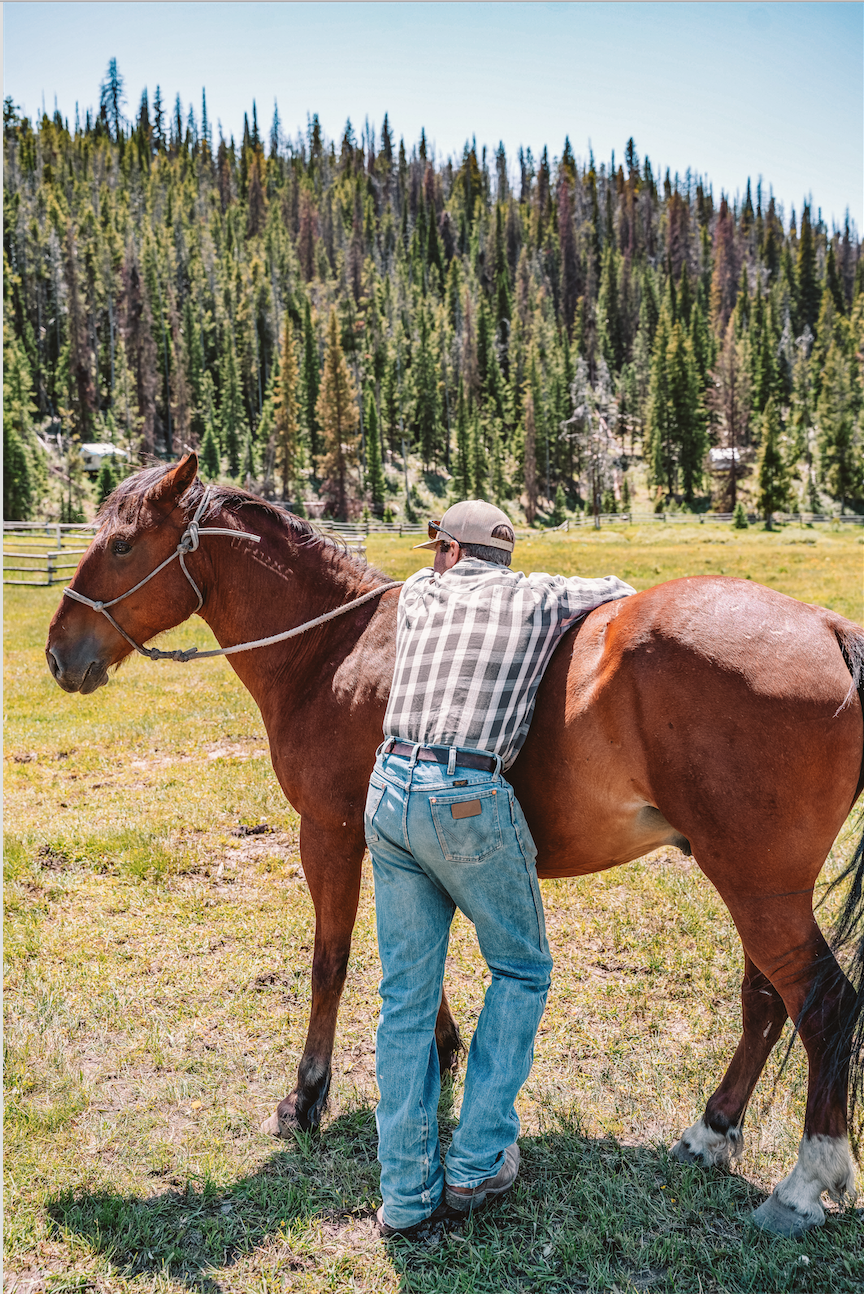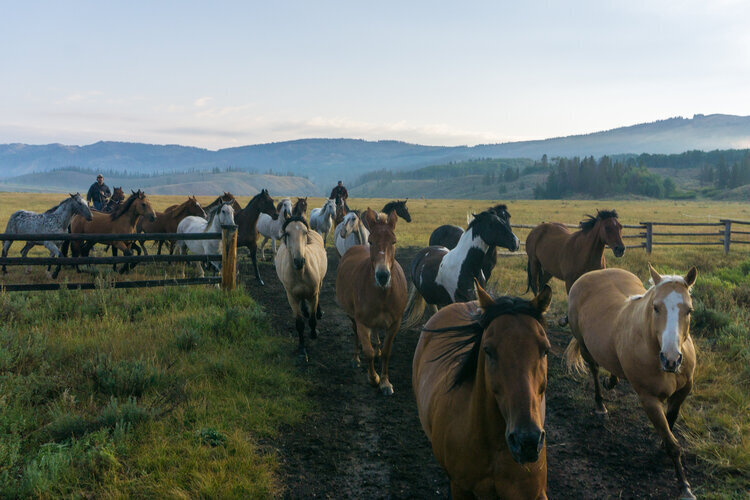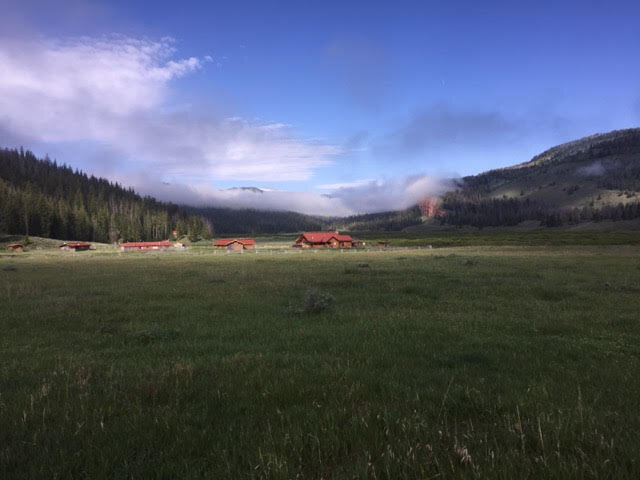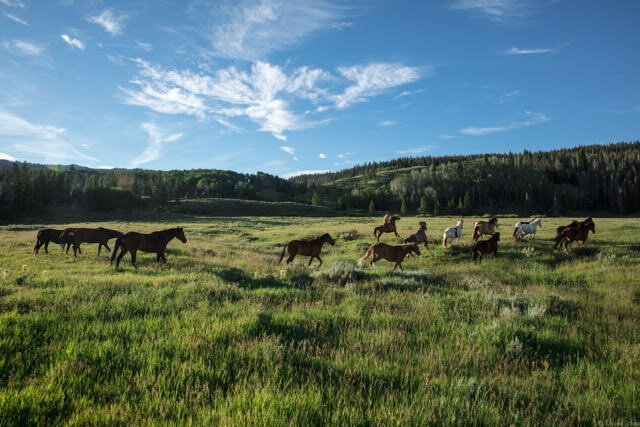The Darwin Ranch is located on a remote inholding in the Bridger-Teton National Forest and provides easy access to the Forest lands and the adjoining Gros Ventre Wilderness.
THE LODGE
The lodge is the hub of the ranch, with the kitchen, dining room, a cozy piano bar, a spacious living room, a light-filled lounge, and a porch overlooking the river. Guests gather inside by the fire or on the porch for morning coffee until the bell rings for a hearty ranch breakfast. During the day, the living room is a peaceful spot for settling into a good book, immersing oneself in an art project, diving into a board game, or enjoying a cup of tea. Outside the lodge is a beautiful wood-fired sauna and hot top, perfect for relaxing after a quiet afternoon or a long ride. Evenings at the lodge bring a cocktail hour to recount the thrills of the day, followed by family-style dinner, conversation by the fire, and perhaps some music and dancing.
ACCOMODATIONS
Enjoy the wild on your own terms from the comfort of our welcoming and intimate accommodation. Settle into our hand-built log cabins whose modern style blends gracefully into the bones of 100-year-old structures. Enjoy the timeless comforts of our cozy beds with crisp sheets & down pillows, wood burning stoves for chilly nights, private baths, and ranch-generated electricity.
The Cabins: Spruce, Moose & Deer
Our three free standing cabins are outfitted with wood-burning stoves, a queen bed and a twin daybed, a screened porch, and a newly renovated bathroom with a shower. They are spacious enough for a family and can accommodate an additional cot.










Spruce is our most secluded cabin: perched on a wooded hill, it offers spectacular views of the valley. With a stunning porch, you can enjoy your morning cup of coffee or stargaze at night in solitude. The interior is bright and cozy—the embodiment of rustic comfort.









Moose stands at the southern edge of the cluster with a spectacular view up valley. It offers a gorgeous view of Sportsman’s Ridge and the Gros Ventre River as it winds across the valley, and the front porch lets you keep an eye on the main meadow.

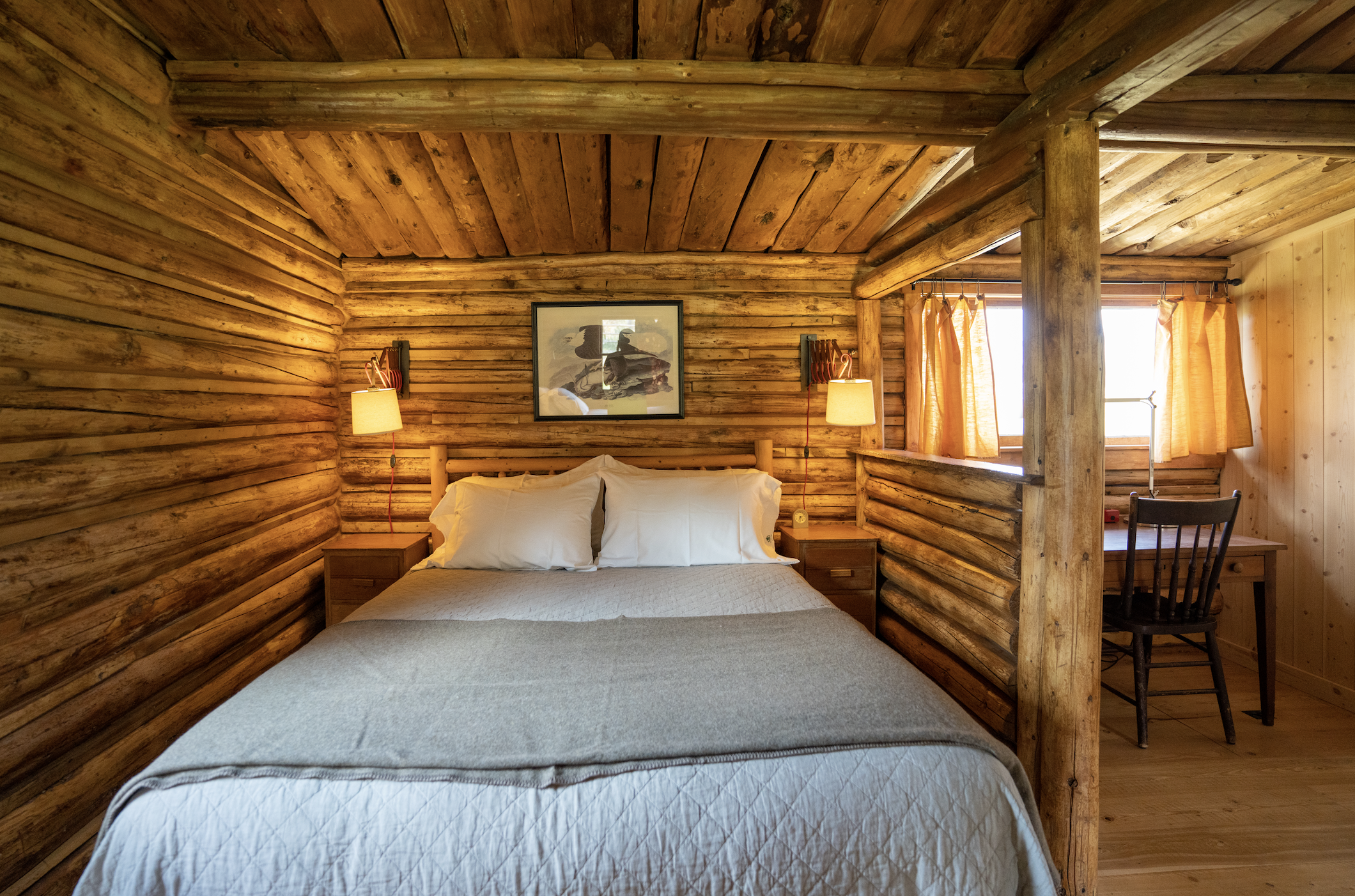

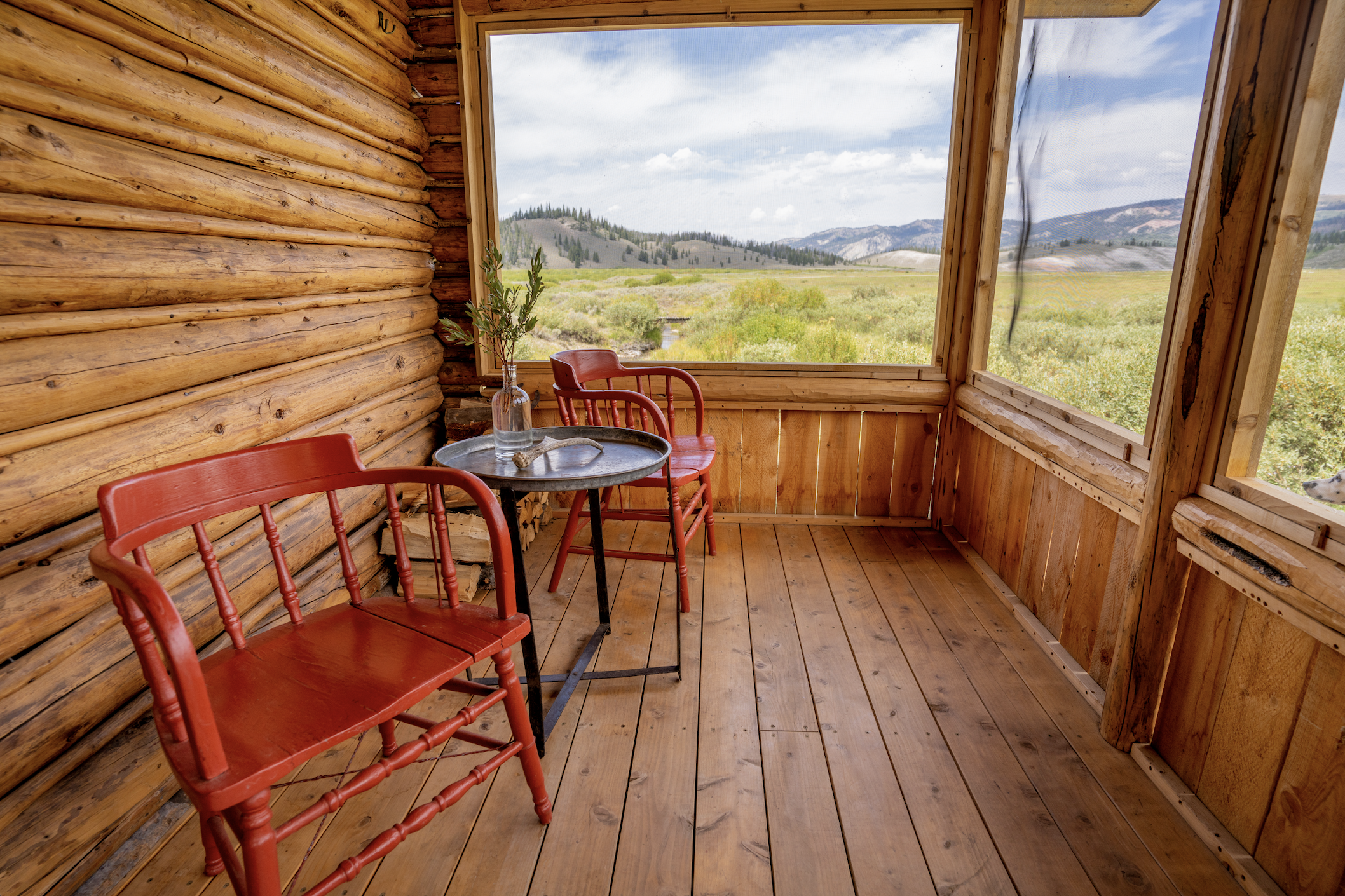




Deer is set on the banks of Kinky Creek and feels a world away. Its porch looks out over the babbling creek to the east, with a perfect view of the grazing horses, and offers solitude.
Sheep is the Darwin homesteading cabin. Its adjoining bath has a shower, and is connected to the cabin by a deck. The cabin is set up with two twins or a king, and is perfect for a single, as a second cabin for a family, or as a cozy space for two. Photos coming soon!
The Rooms: Elk, Pronghorn and Willow
The Elk Cabin was recently renovated and now has four individual rooms under one roof. The two rooms that face north, toward the Lodge, are Elk Creek and Elk Meadow, which share a large screen porch. The two rooms that face south are Pronghorn Creek and Pronghorn Meadow; each has a wood stove, a bath with a shower and a small private corner porch. Each room sleeps two, and we give priority booking of Elk Creek & Meadow to groups of four.






Elk Creek & Elk Meadow two rooms booked together












Pronghorn Creek & Pronghorn Meadow two rooms booked separately
The Willow Room






The Willow Room opens onto the main meadow, and has a queen bed and a sunny front deck, and a bath with a shower.
AMENITIES
The Darwin offers incredible amenities to top off your days of hanging in the backcountry. With a wood-fired hot-tub, wood-fired sauna, and our River Room, we find the right balance between exploration and relaxation.
HISTORY
The Darwin Ranch is one of the few surviving homestead inholdings in a US Forest that has not been subdivided. It has a long history of homesteading, guest ranching, and supporting the western lifestyle that dates back to the turn of the century. It was first home to a fur trapper and trader by the name of Fred Dorwin. The ranch was later renamed Darwin on a misprinted document and the name stuck. The ranch was home to one of the first ‘dude’ operations in the west in the 20’s, hosting people from around the country from its very inception. Its characteristic architectural style is a nod to a very specific and unique time in homestead design. The “Architectural Craftsmen” style at that the Darwin was born out of guest ranches in the mountain west, exclusively built with timber logged from the nearby hillside. In its list of owners are doctors, ranchers, lawmen, crooked trappers, soldiers, railroad men, ambassadors to Russia, and graduates of Harvard and Bowdoin college. Darwin was recently nominated to the National Register of Historic places for three specific and transformational reasons: it’s trapping history, outfitting and dude ranching history, and it’s Western Craftsman Architecture. This is an important recognition of Darwin’s rich contributions to the proud ranching and homesteading history of Northwest Wyoming. For more on our history, here is a link to the lengthy, in-depth history of the Darwin Place, as it is referred to by the old-timers, prepared by Ann Chamber Noble for the National Register.
MUSTANG TRAINING PROGRAM
The Wyoming Honor Farm, located in nearby Riverton, is dedicated to inmate rehabilitation through the Bureau of Land Management Wild Horse & Burro Program. Mustangs and burros are removed from BLM rangelands, taken to the farm for basic groundwork and riding, and sold at auction. In support of this effort by the Wyoming Department of Corrections, we have adopted a number of animals. These range-savvy horses have great instincts, tough feet, and make fantastic mountain horses. And our trio of burros is a delight.
ROTATIONAL GRAZING PROGRAM
At the Darwin, we manage our pastures through a rotational grazing system. When our family purchased the ranch, much of the pastures were over-grazed and in need of good stewardship. Over seven years we have implemented a grazing pattern that helps replicate the way wild animals would graze. Instead of turning our horses out loose every evening, we corral them into a large, enclosed pasture. They eat in one spot for a night or two and then move on to a new section, never returning to the same section all summer. This style replicates a migrating animal herd that would typically spend a night or two in an area—stomping, rolling, and grazing. This has been incredibly effective in bringing back native grasses that evolved to be consumed in this exact manner. Alongside our grazing, we only reseed pasture with a native grass seed specifically designed for the high alpine Gros-Ventre area. We never use chemical fertilizers of any kind.










